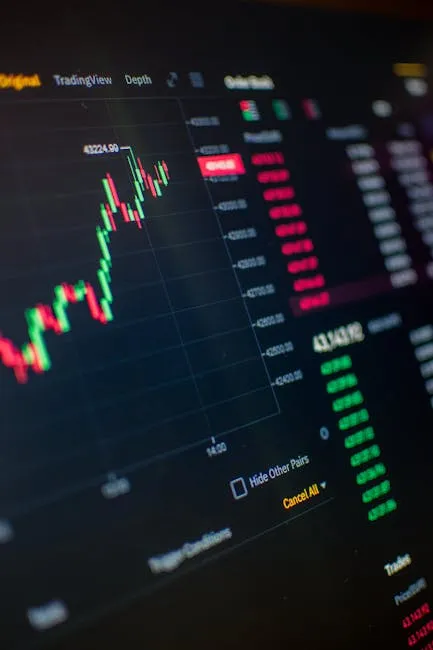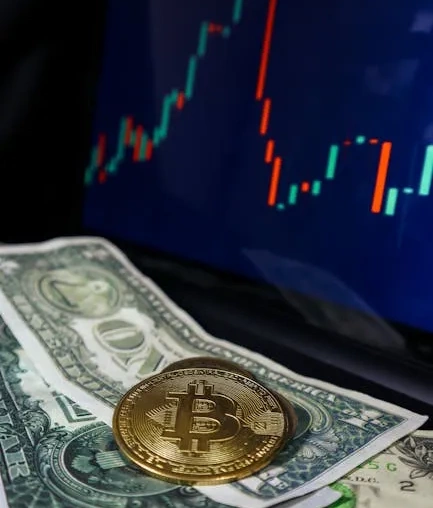
Bitcoin Reaches New Heights Amidst Dollar’s Decline: What It Means for Investors
In a remarkable turn of events, Bitcoin has surged to an all-time high, coinciding with the U.S. dollar’s trajectory toward its worst annual performance since 1973. This unusual pairing of safe-haven and risk-on assets, including stocks, indicates a significant macroeconomic shift that could reshape investment strategies moving forward.
The Current Landscape
As Bitcoin prices soar, many investors are finding themselves reassessing their portfolios. The cryptocurrency has long been viewed as a hedge against inflation and economic instability, and its recent performance reinforces this perception. With the dollar struggling, investors are increasingly turning to alternative assets like Bitcoin, which promise greater potential for growth.
Understanding the Shift
The relationship between Bitcoin and traditional currencies has always been complex. In times of economic uncertainty, safe-haven assets typically attract more investment, as individuals look for ways to preserve their wealth. The current scenario is intriguing because it showcases not just a flight to safety, but also a simultaneous interest in equities and riskier assets.
This dual interest suggests that investors are not only concerned about immediate economic conditions but are also speculating on future growth. The influx of capital into both Bitcoin and the stock market hints at a broader confidence in the recovery of the global economy, despite the challenges presented by a weakening dollar.
What This Means for Investors
For investors, this shift could signal the need for a diversified approach. As the dollar continues to falter, reliance solely on traditional assets may not yield the best results. Instead, incorporating cryptocurrencies like Bitcoin into investment portfolios could provide a buffer against inflation and currency devaluation.
Furthermore, understanding the underlying factors driving Bitcoin’s rise is crucial. Analysts suggest that the growing acceptance of cryptocurrencies among institutions and the general public is fostering a more robust market. This institutional interest not only legitimizes Bitcoin as an asset class but also stabilizes its price against the volatility often associated with cryptocurrencies.
Looking Ahead
As we move further into 2023, all eyes will be on how these economic trends evolve. The performance of Bitcoin in relation to the dollar and other traditional assets will be a key indicator of investor sentiment and market direction. For those considering entering the cryptocurrency market, now may be an opportune moment to explore the potential benefits of incorporating Bitcoin into their investment strategies.
In conclusion, the current economic climate presents both challenges and opportunities. As Bitcoin continues to break records and the dollar struggles, investors must remain vigilant and adaptable. The interplay between safe-haven and risk-on assets will likely define market dynamics in the months to come, making it essential for investors to stay informed and strategically allocate their resources.



